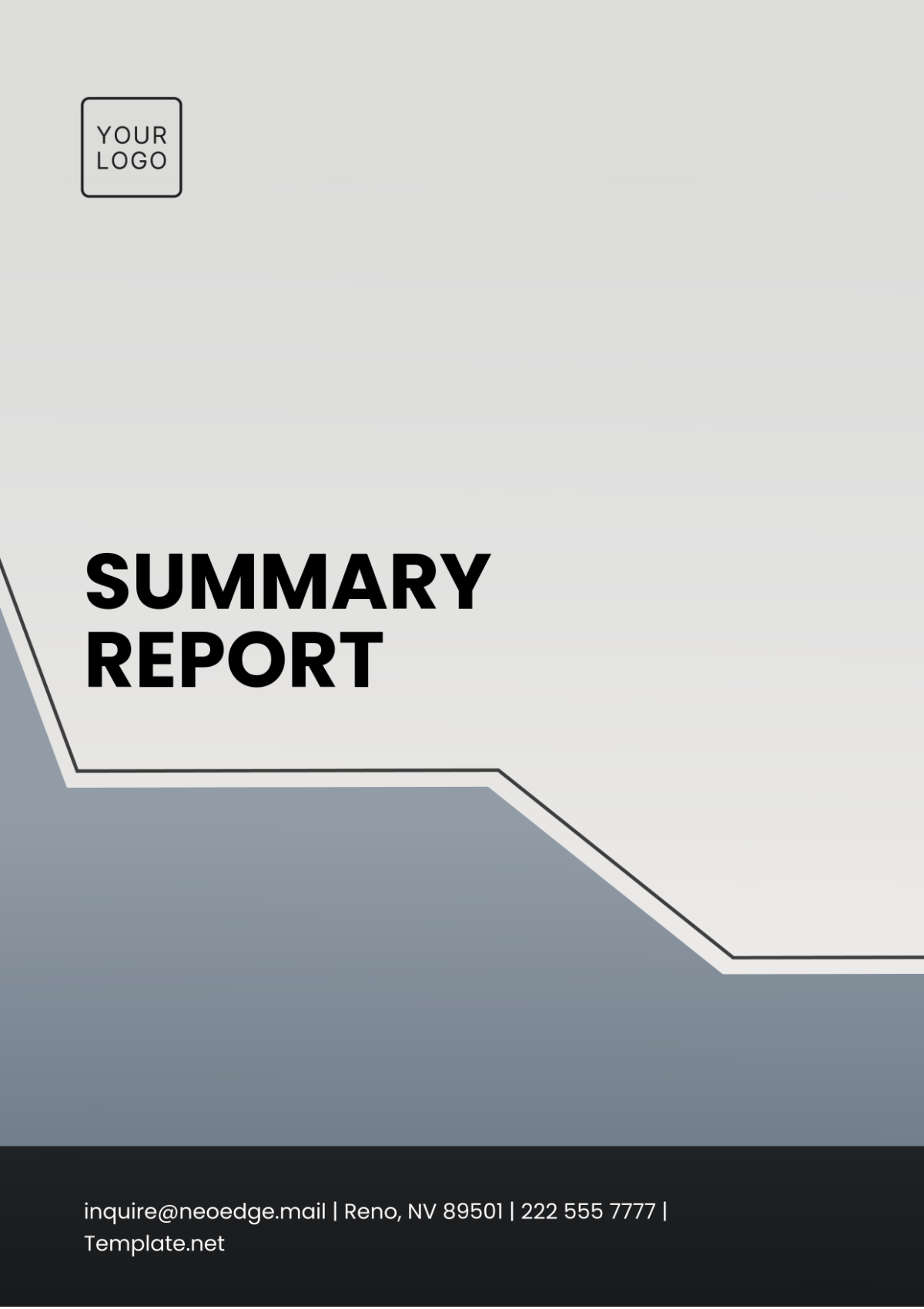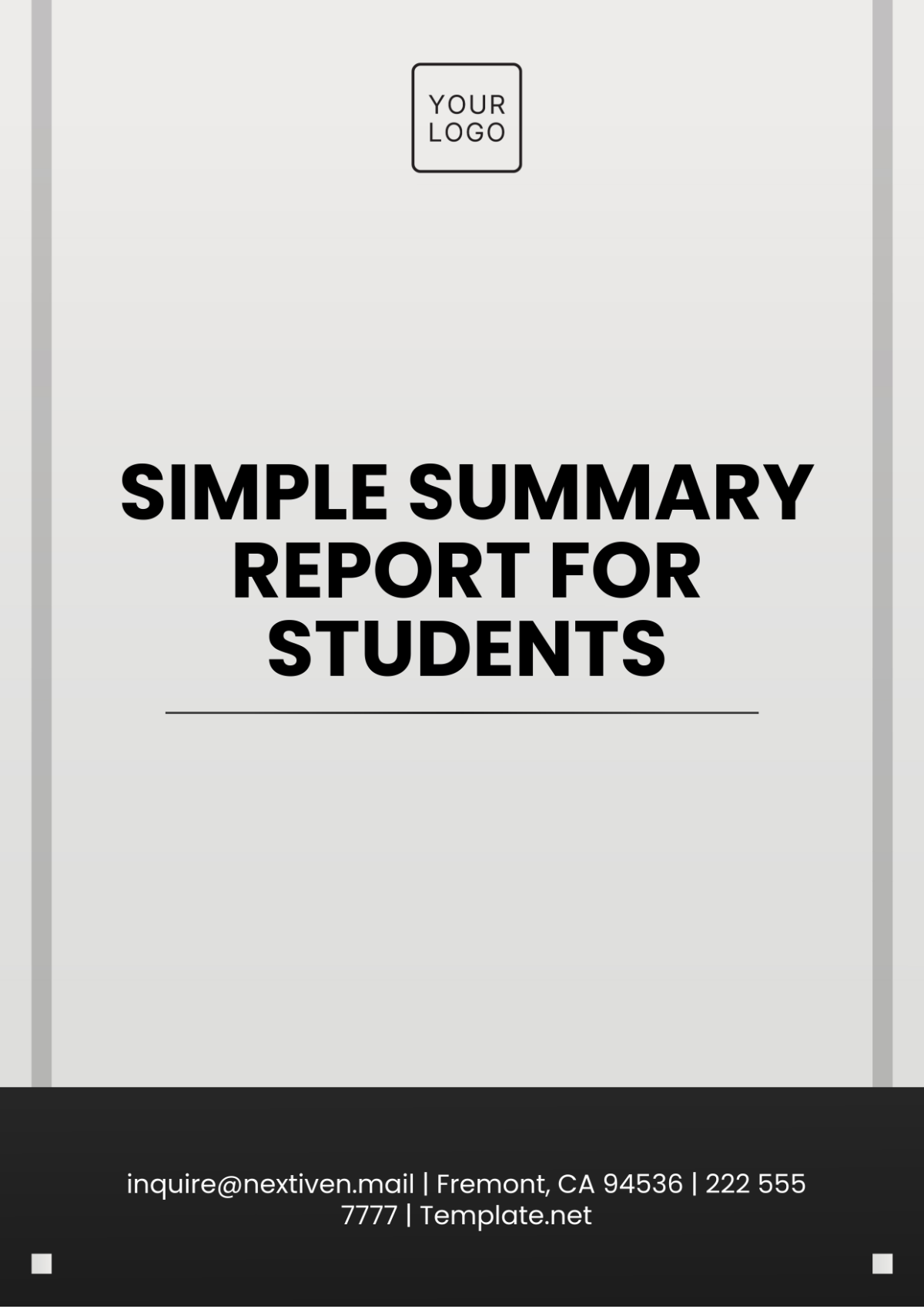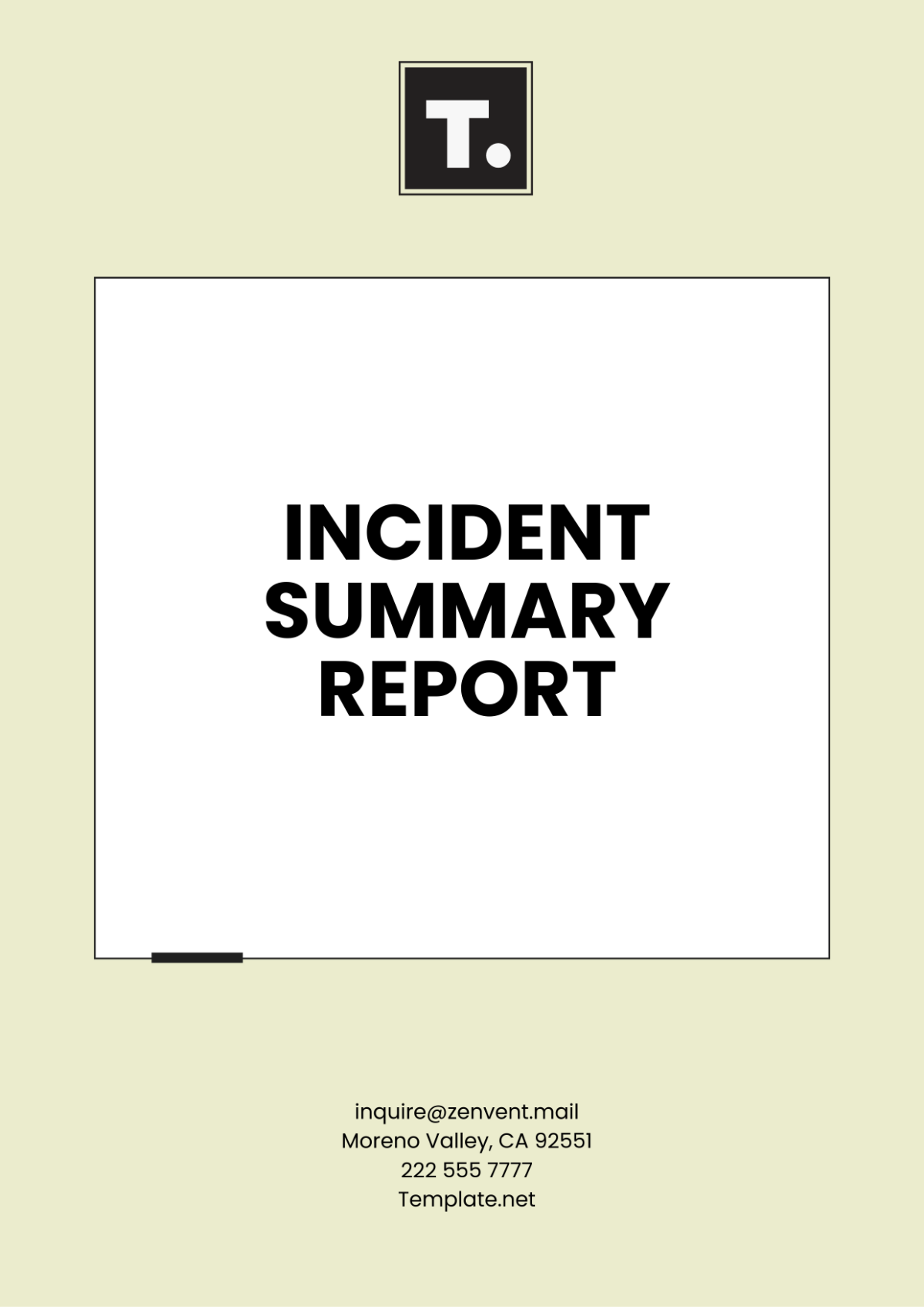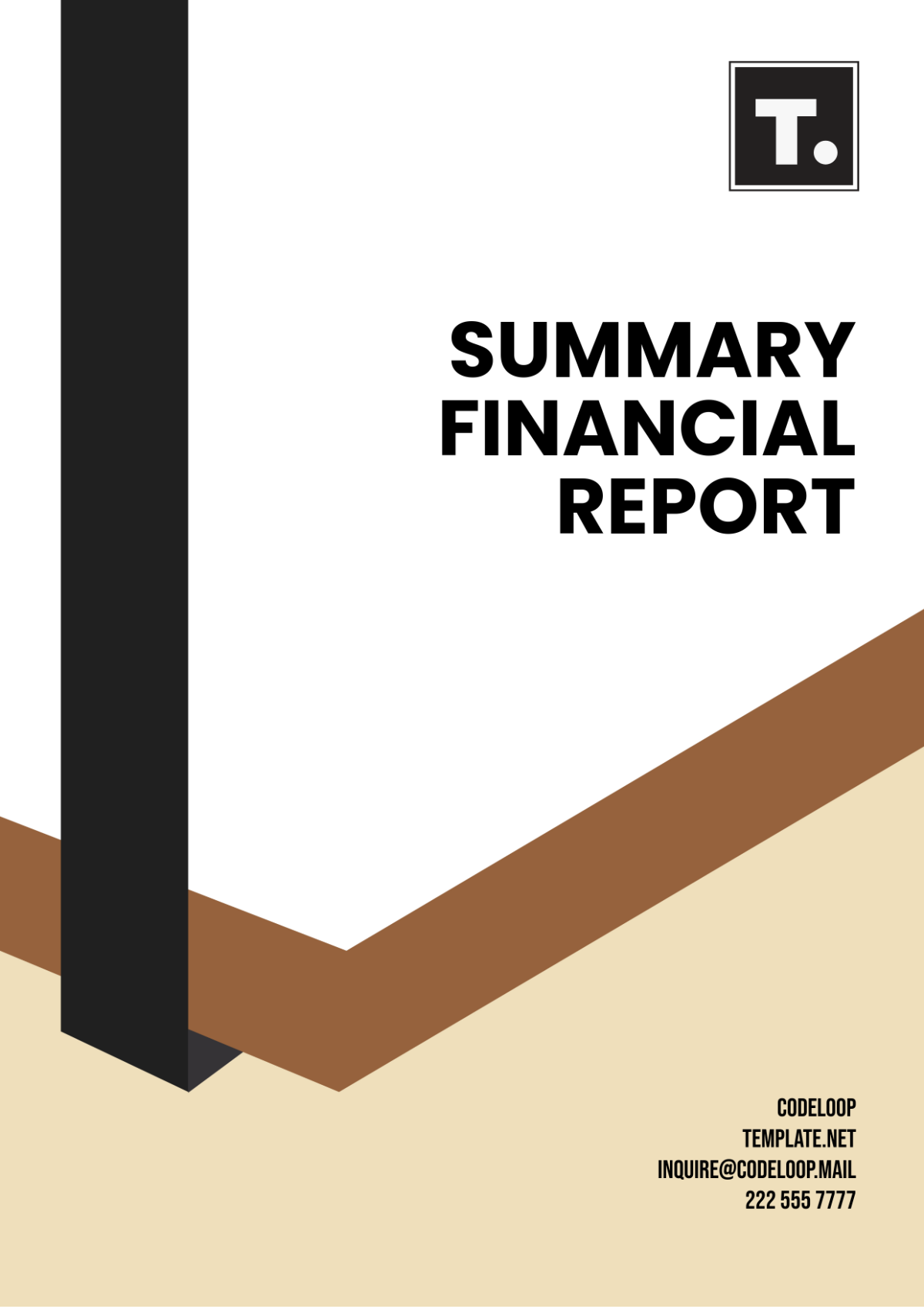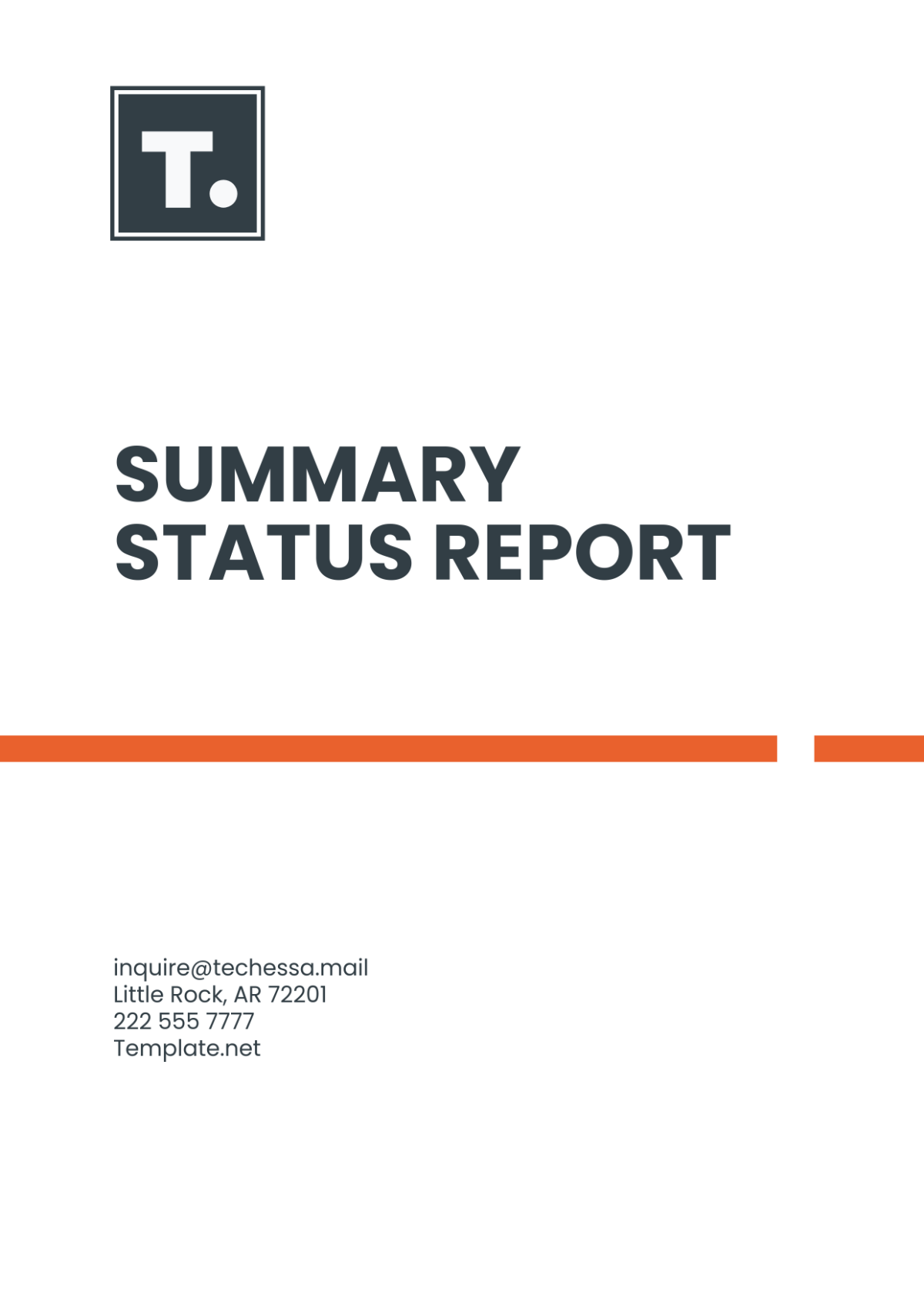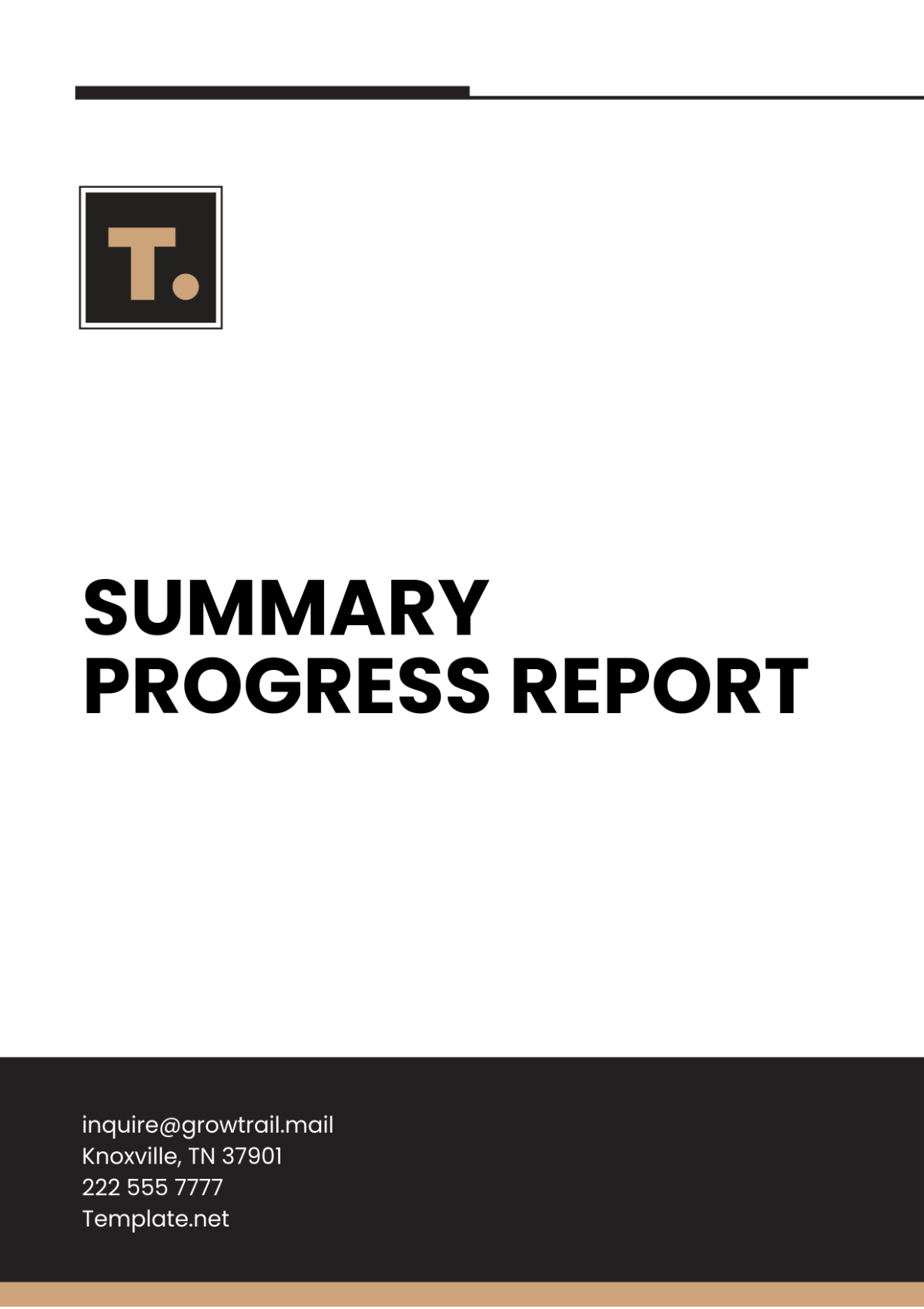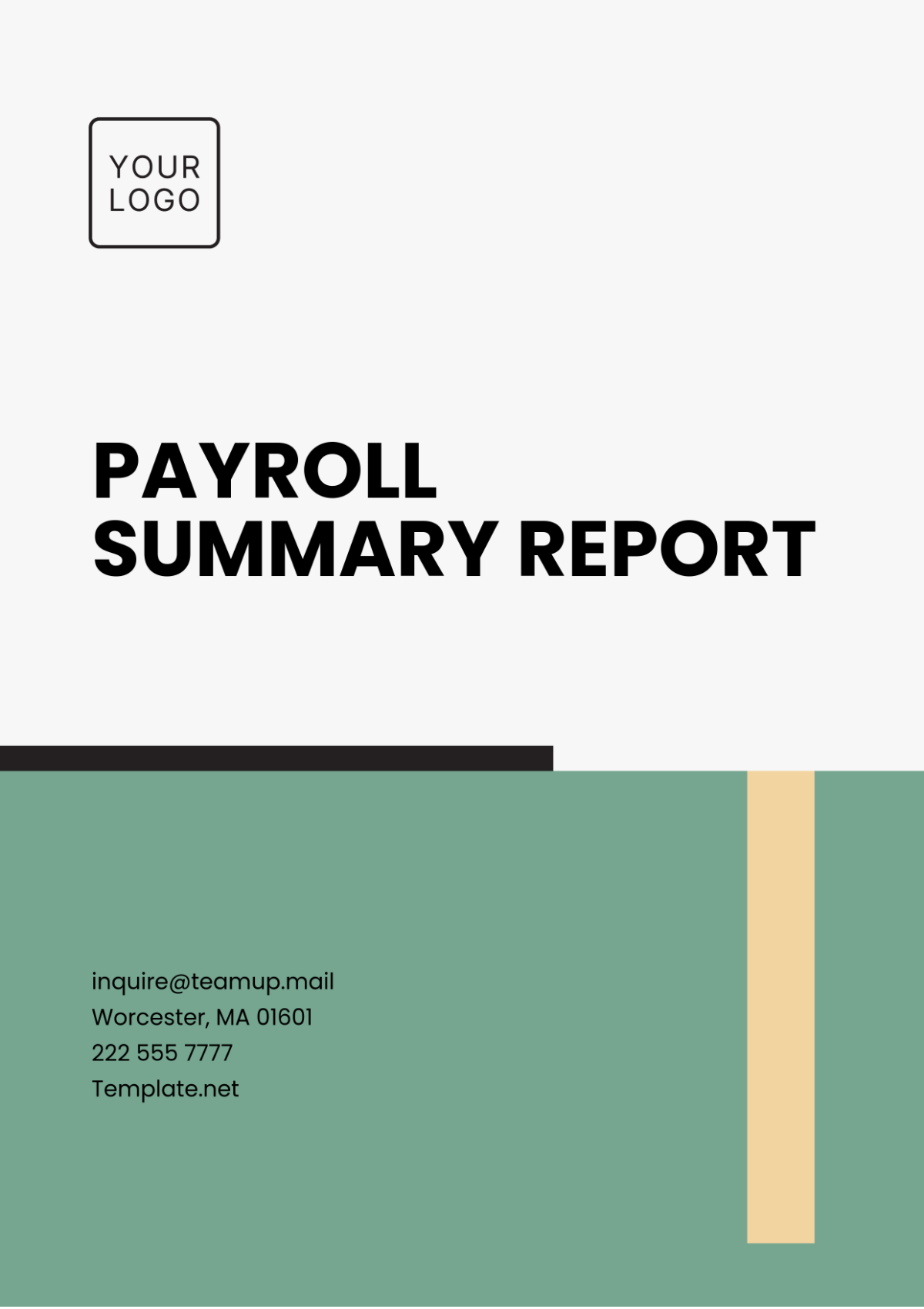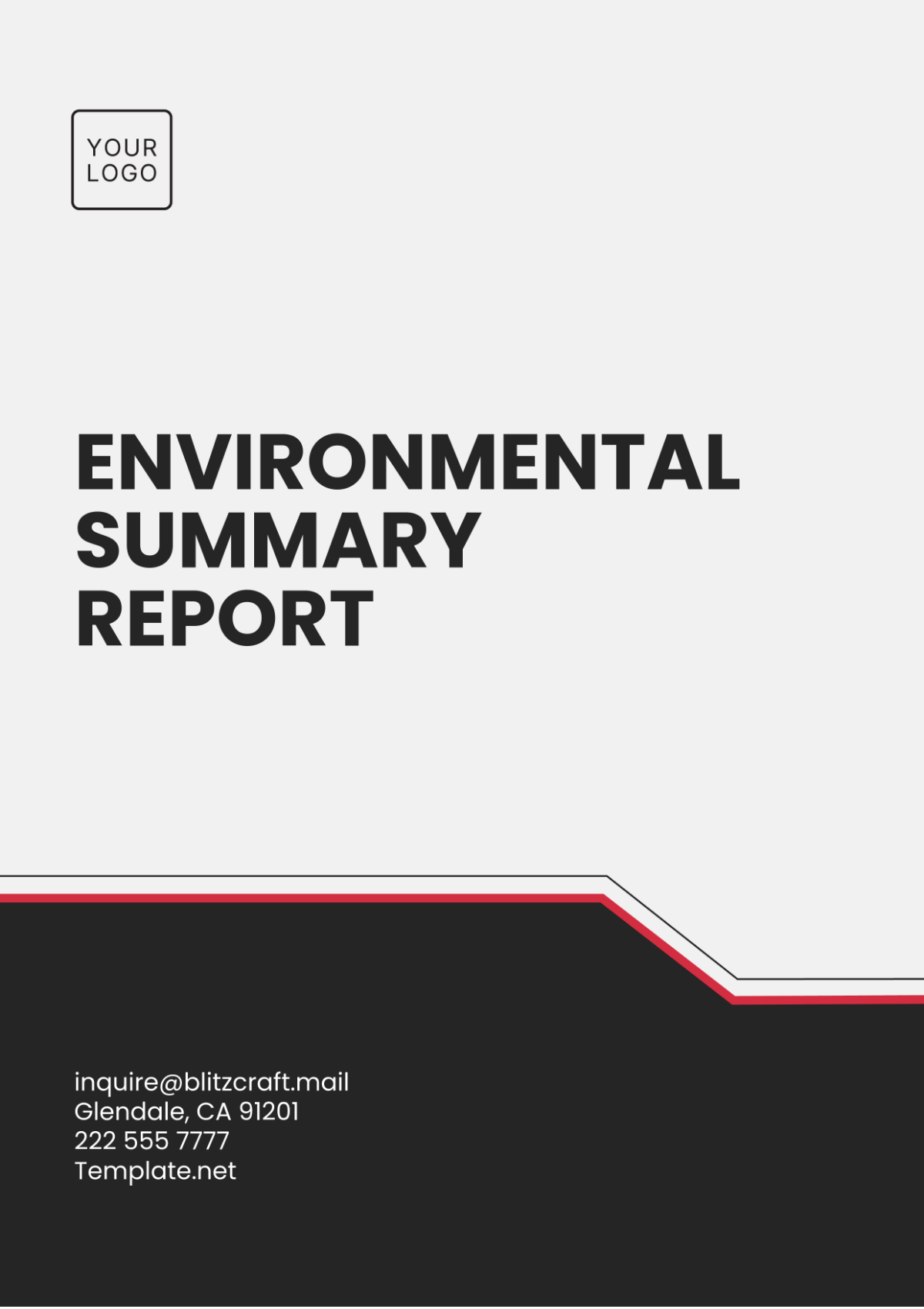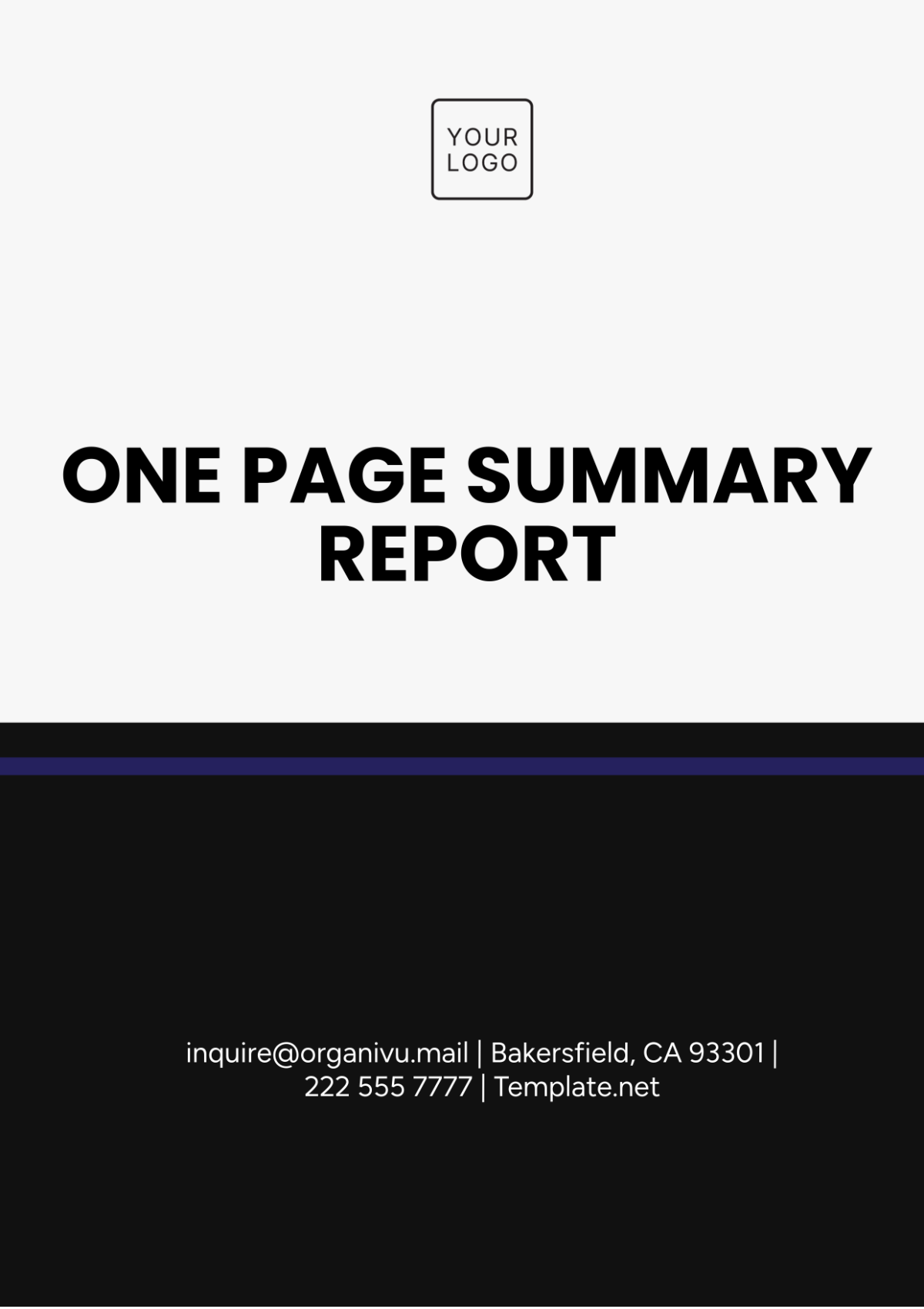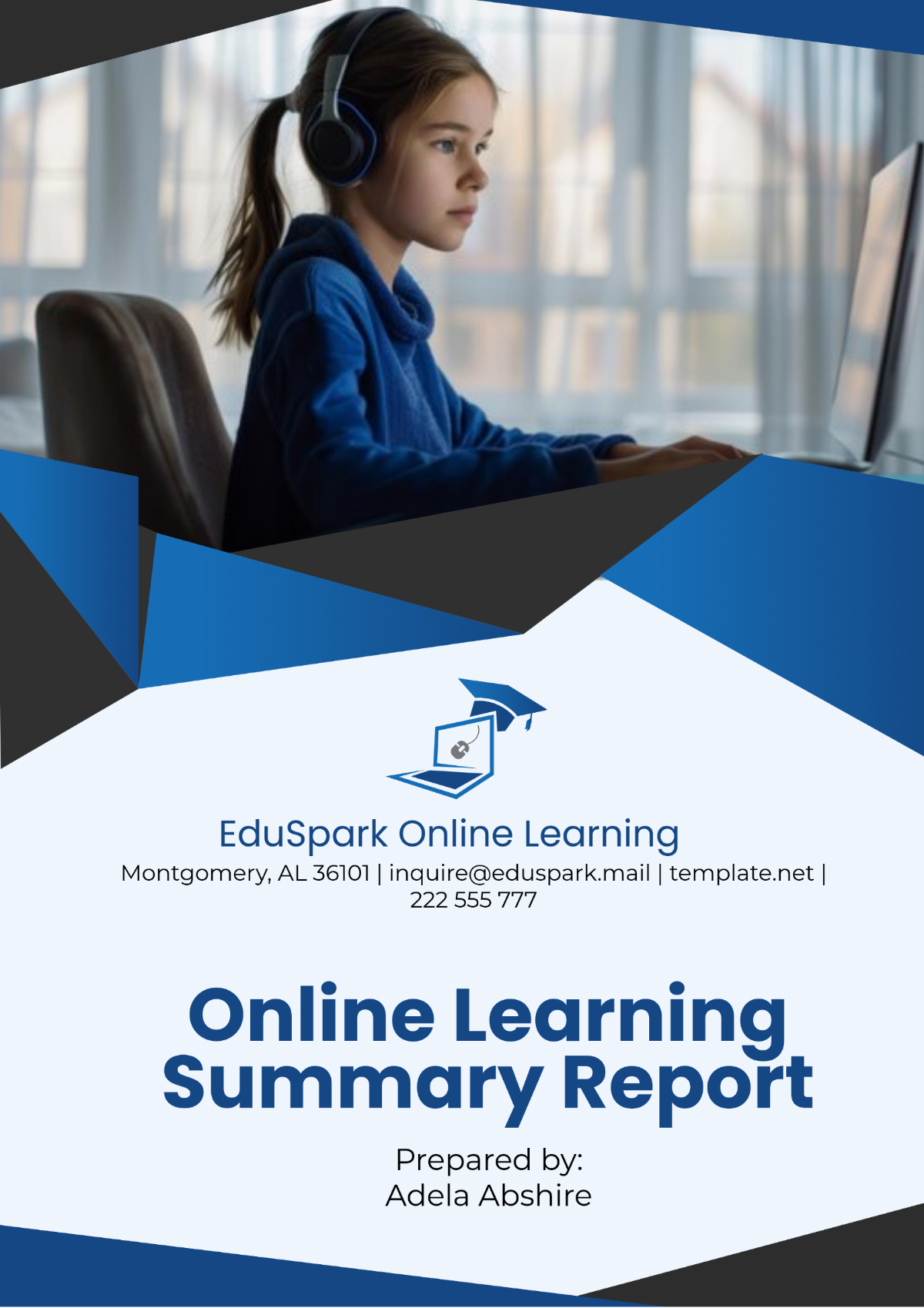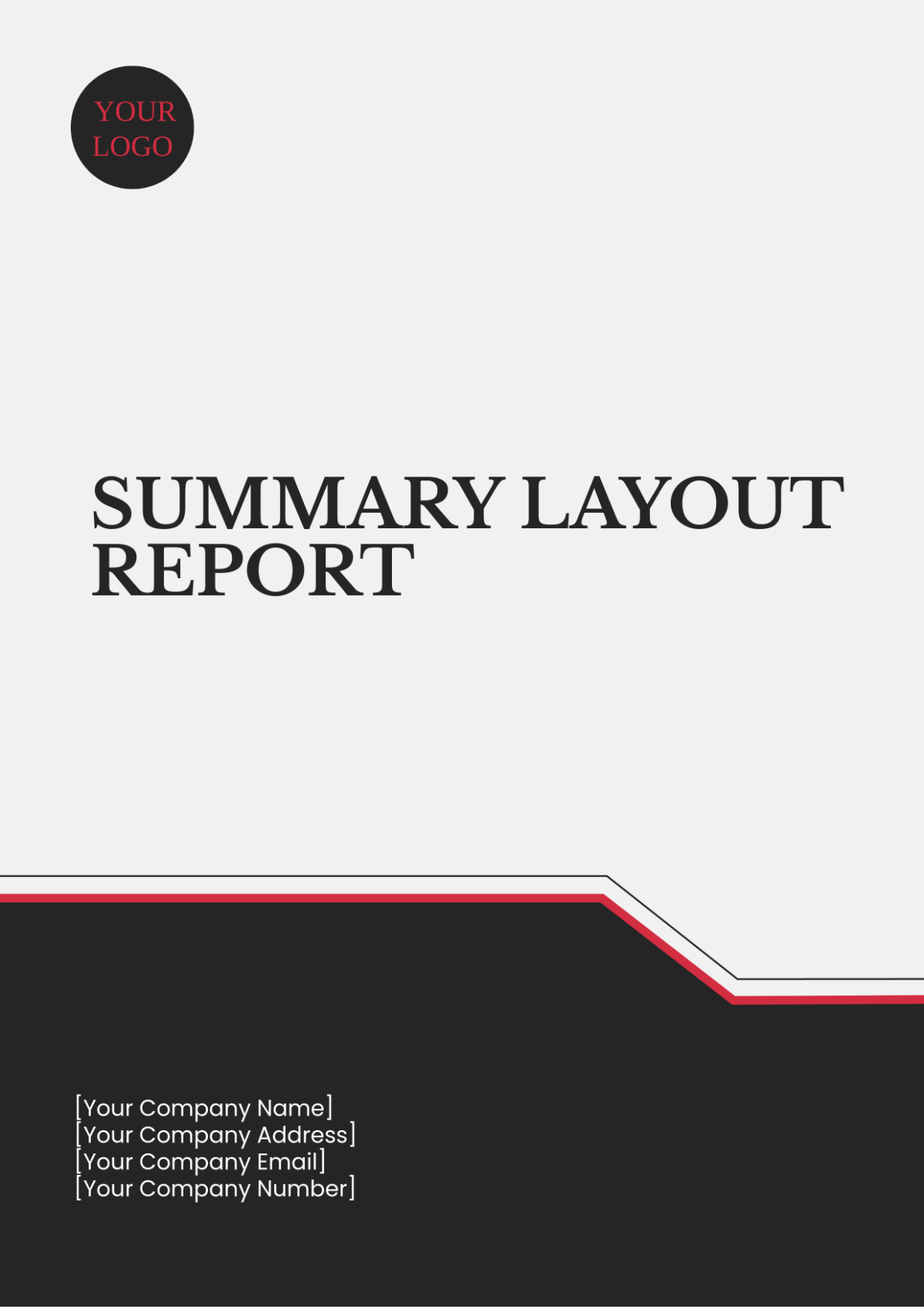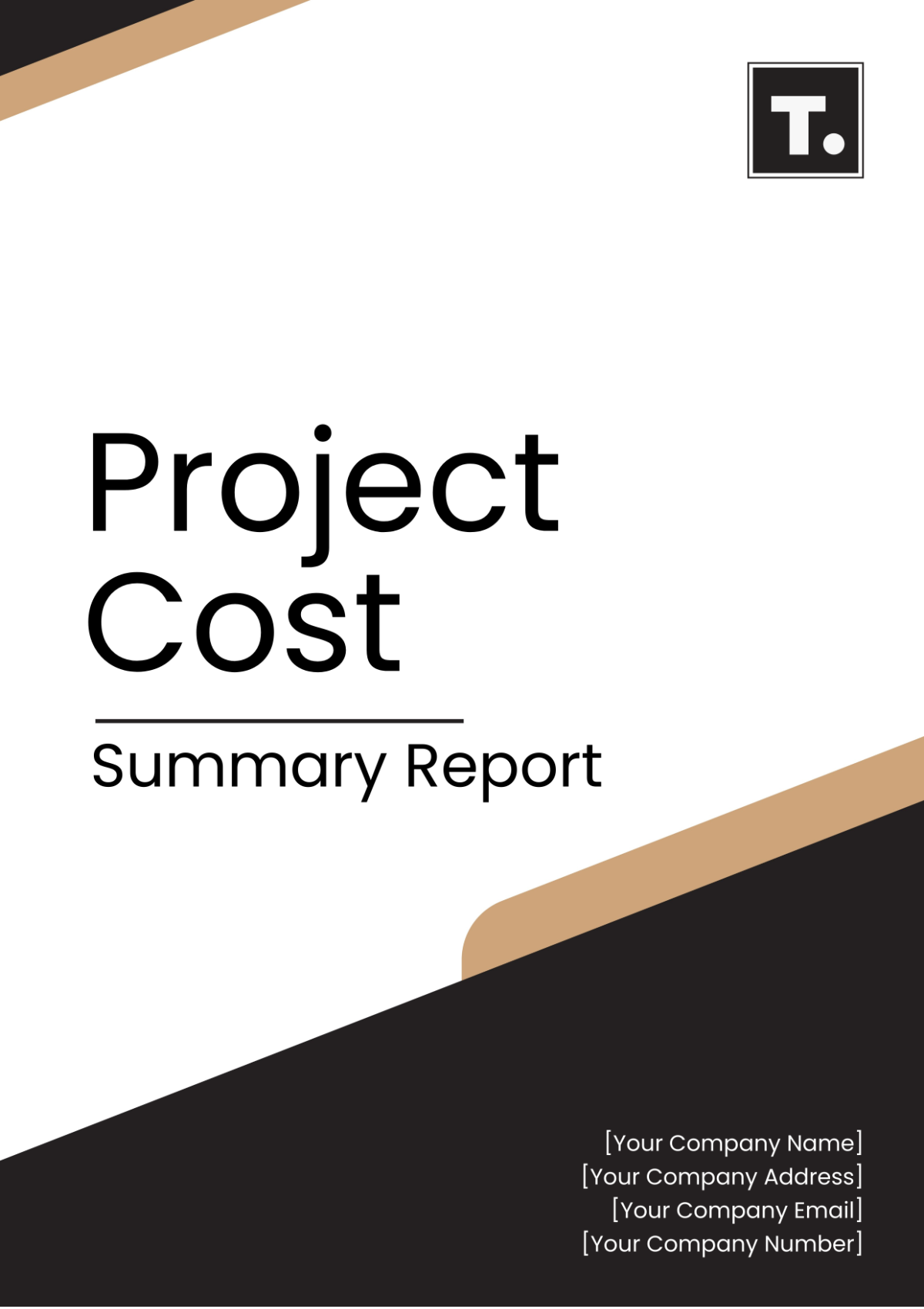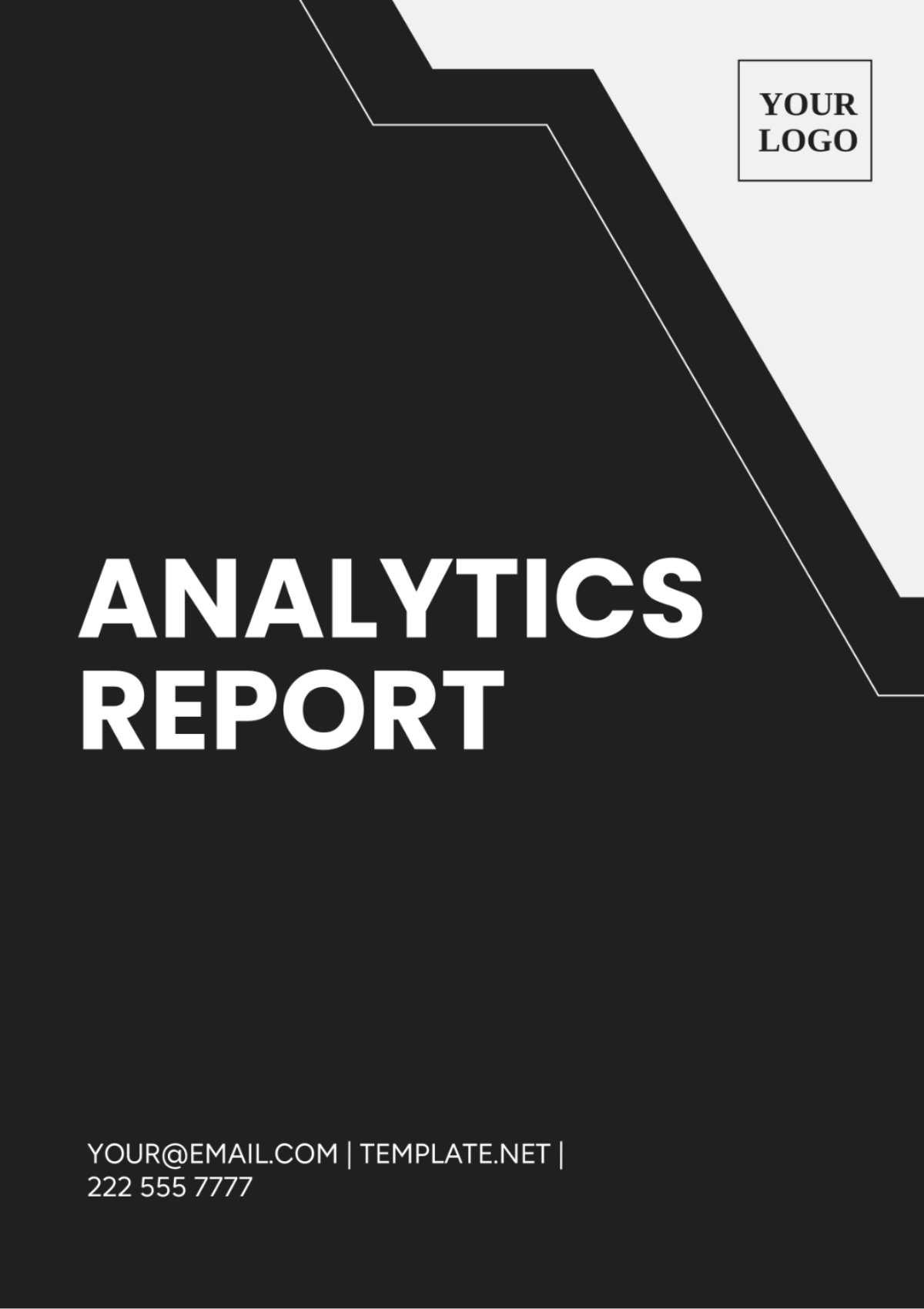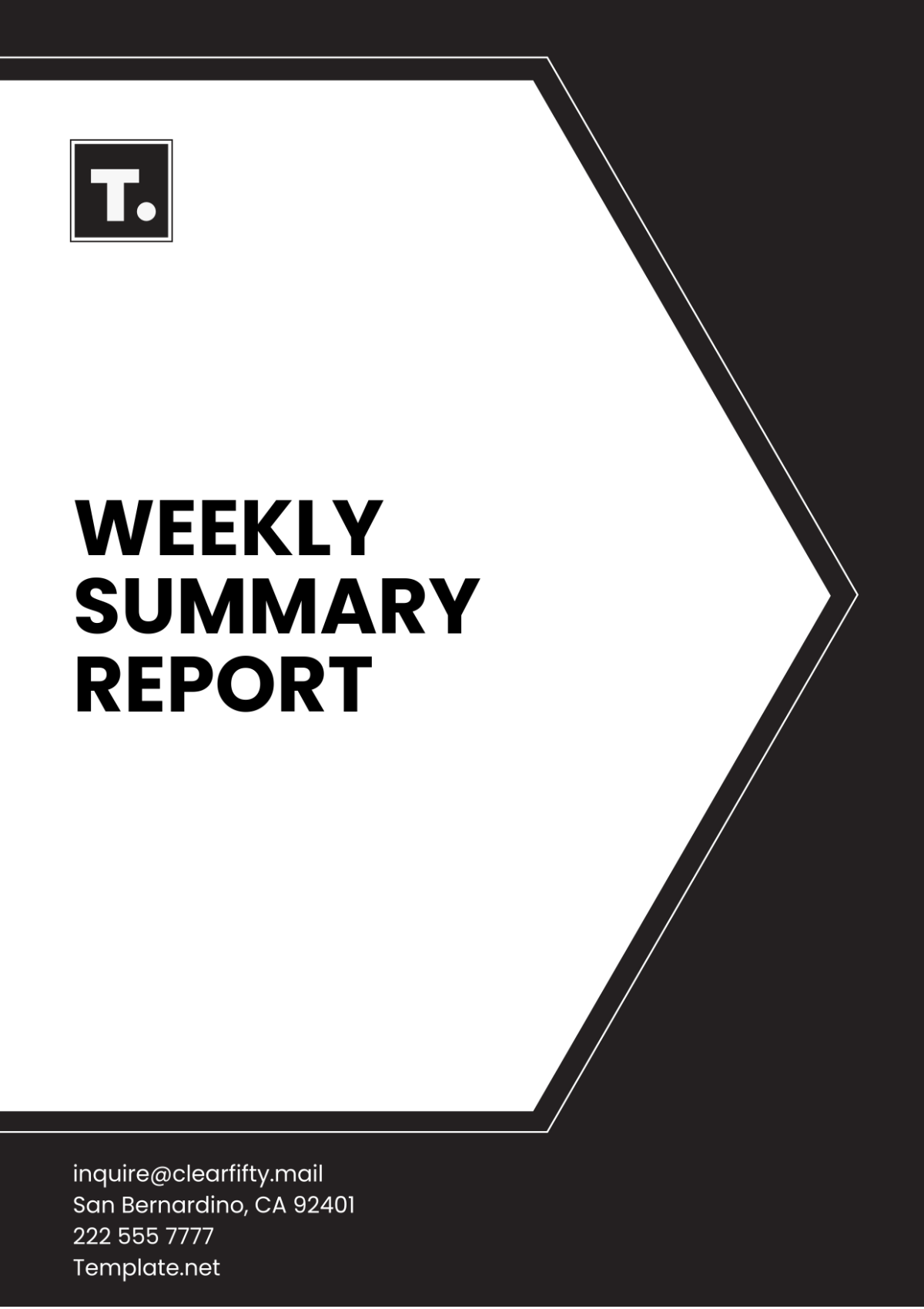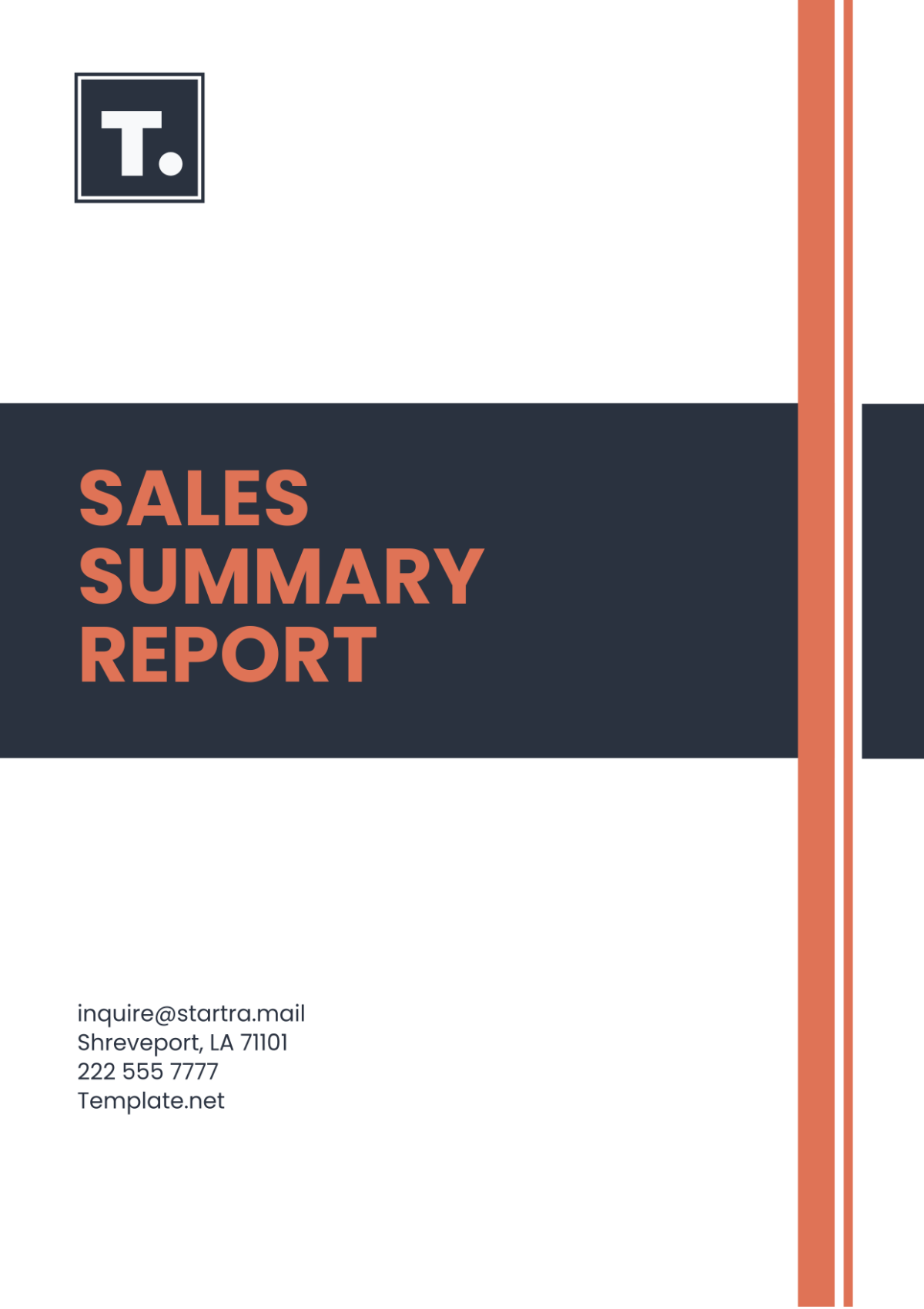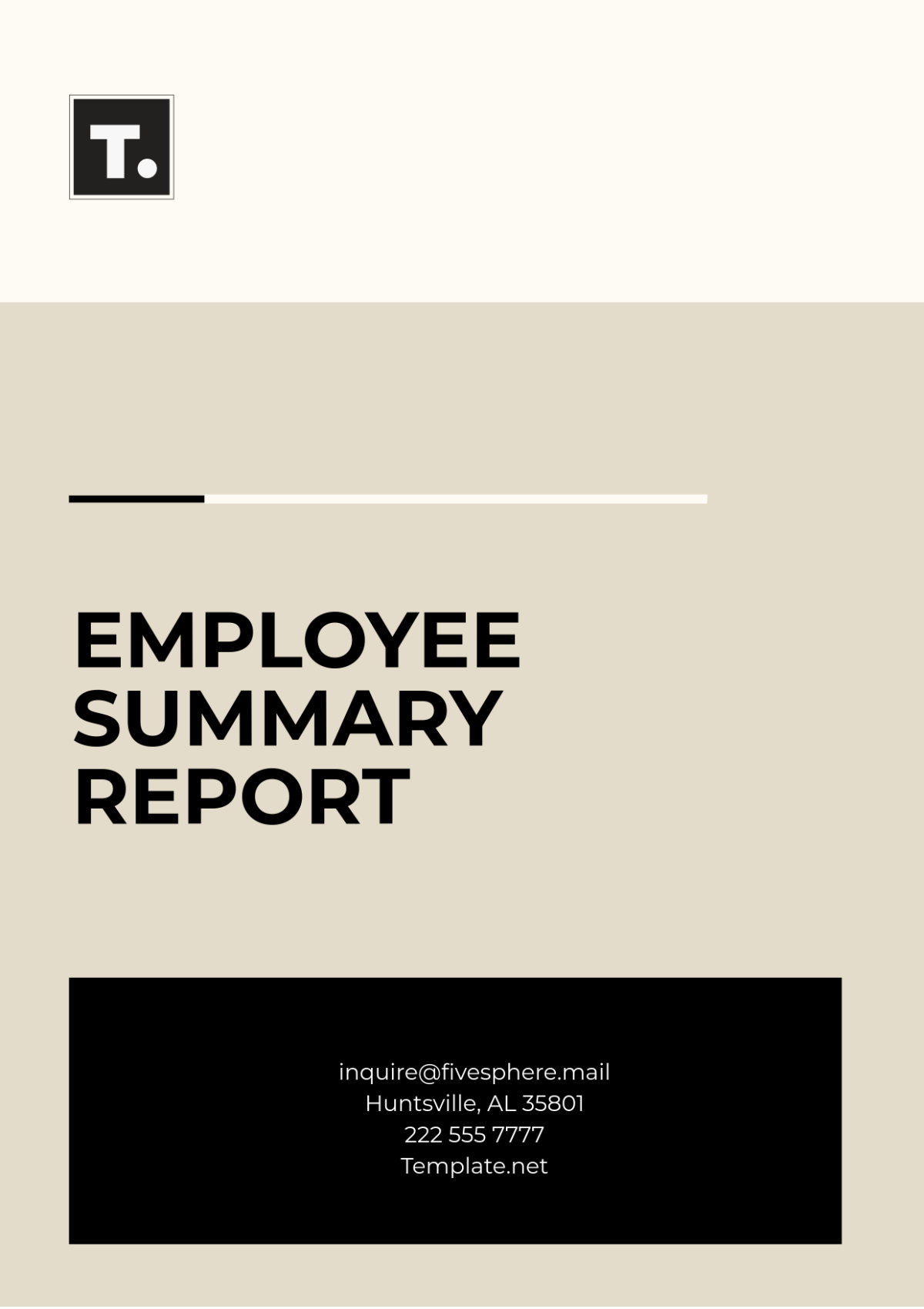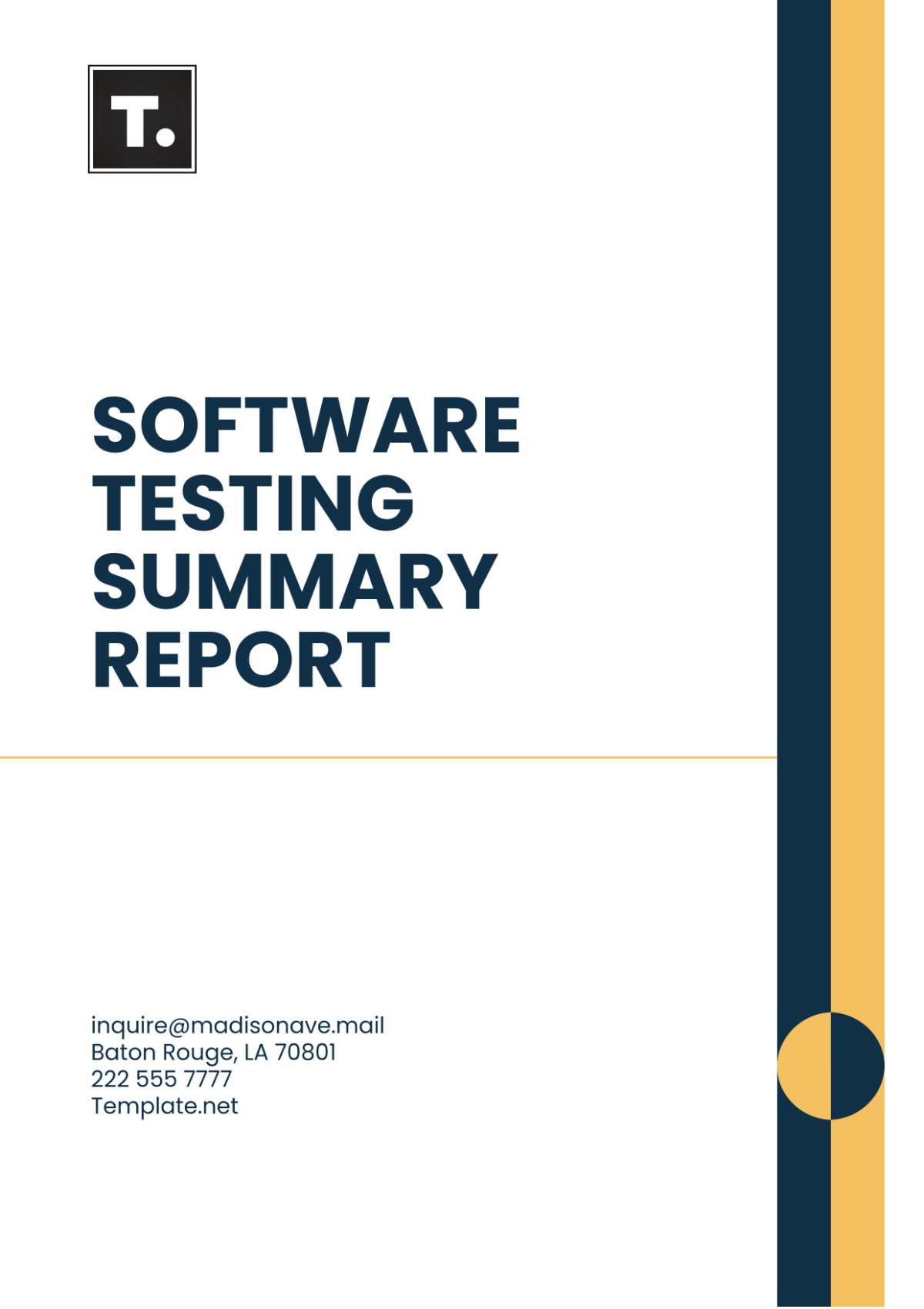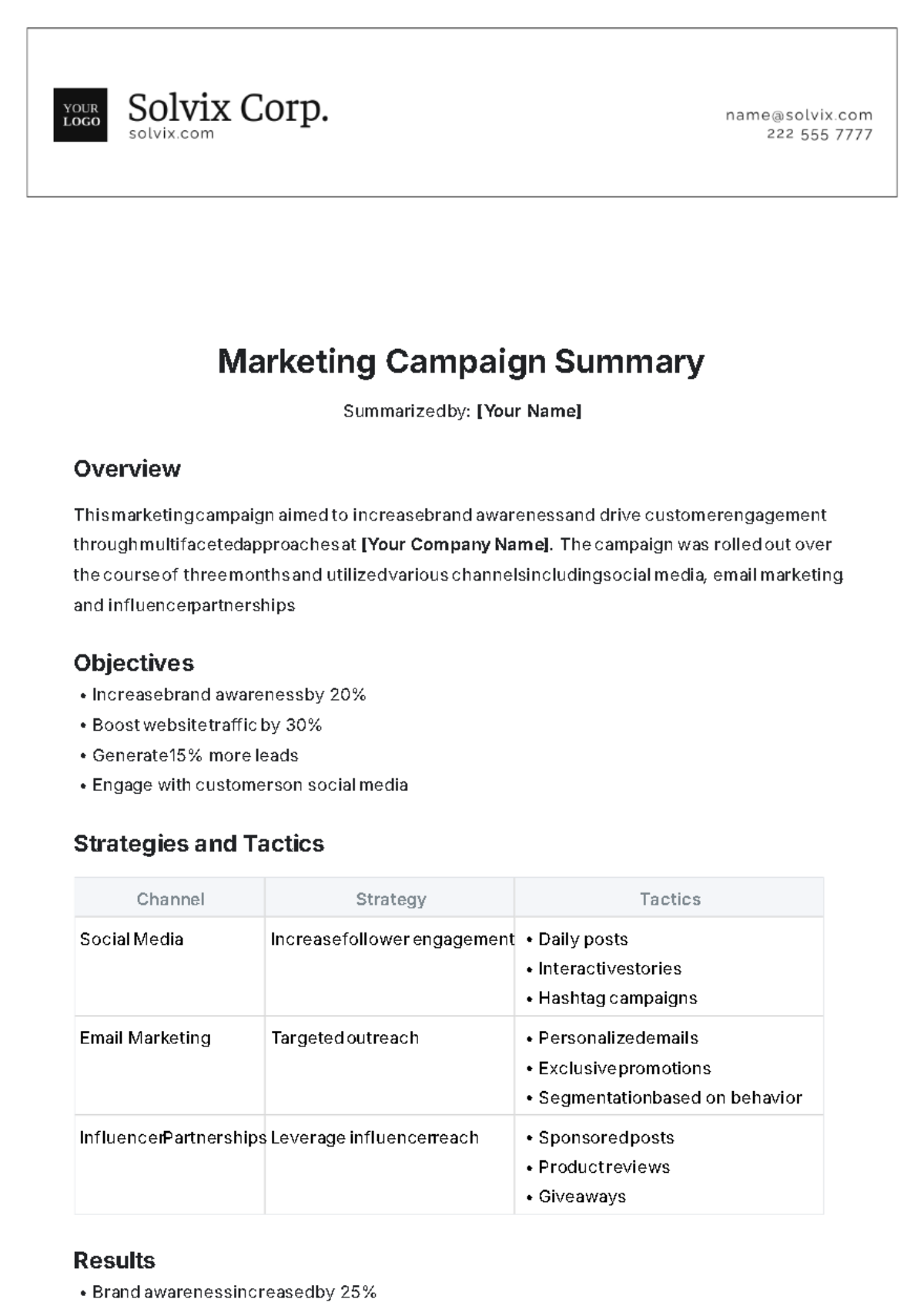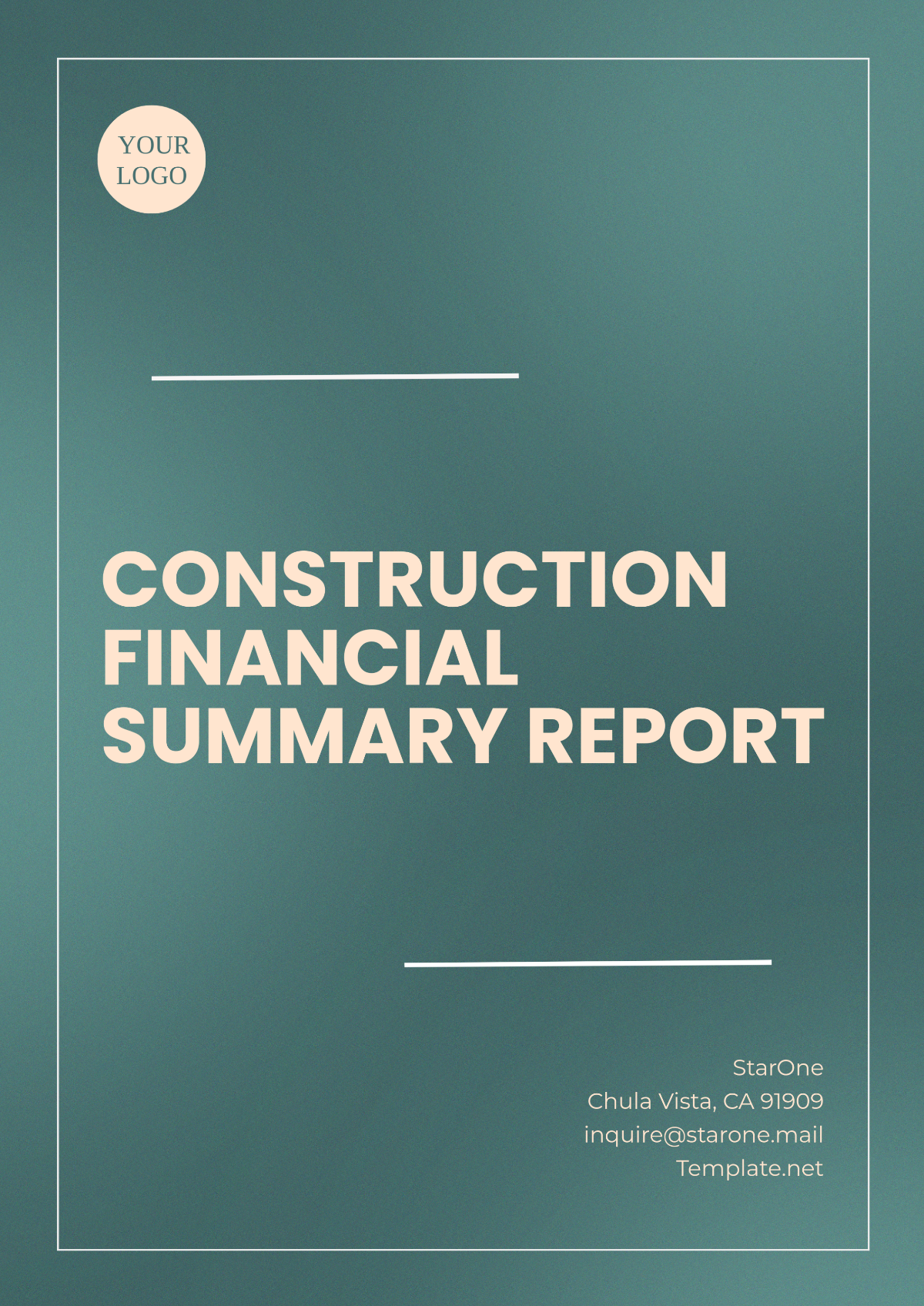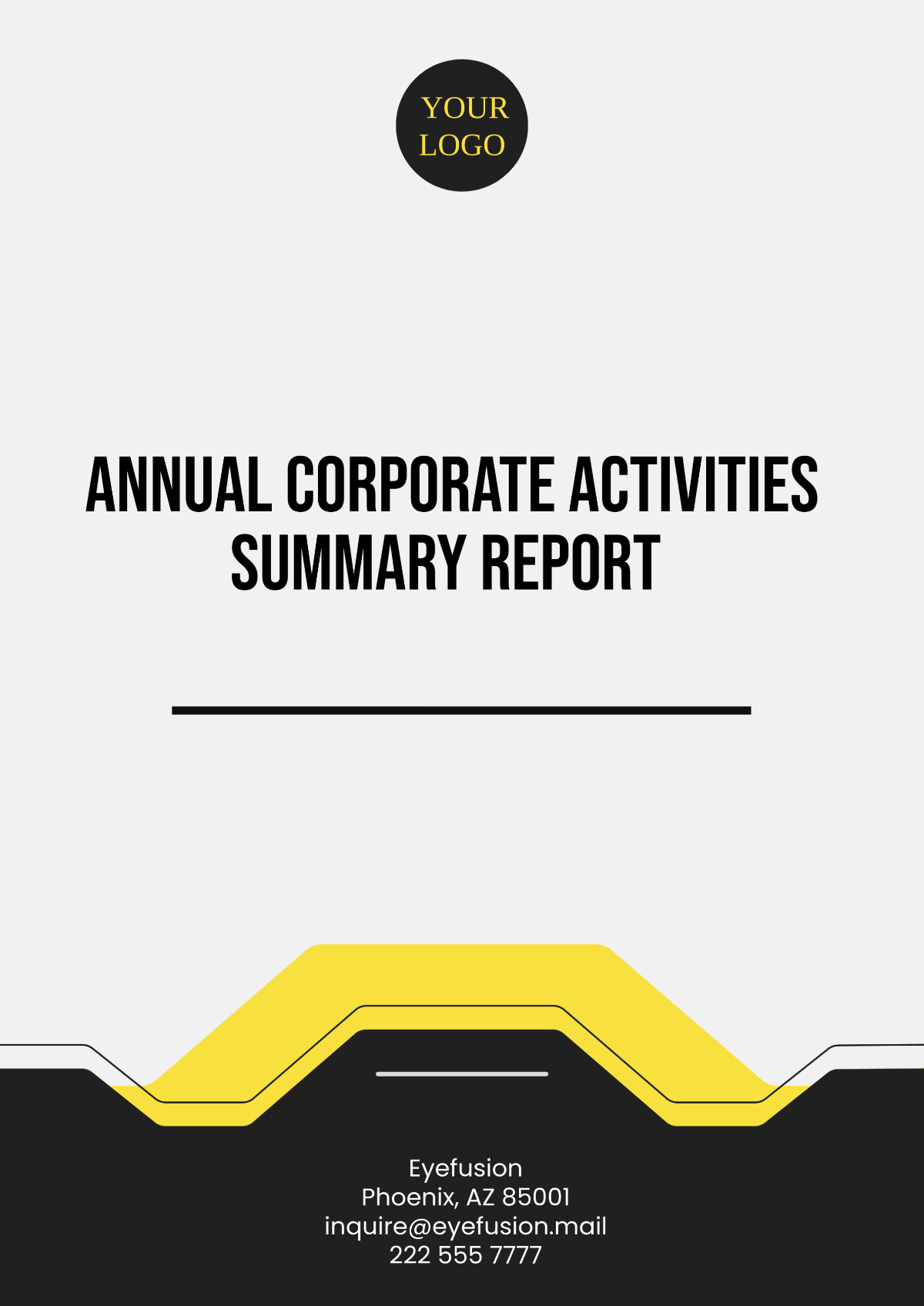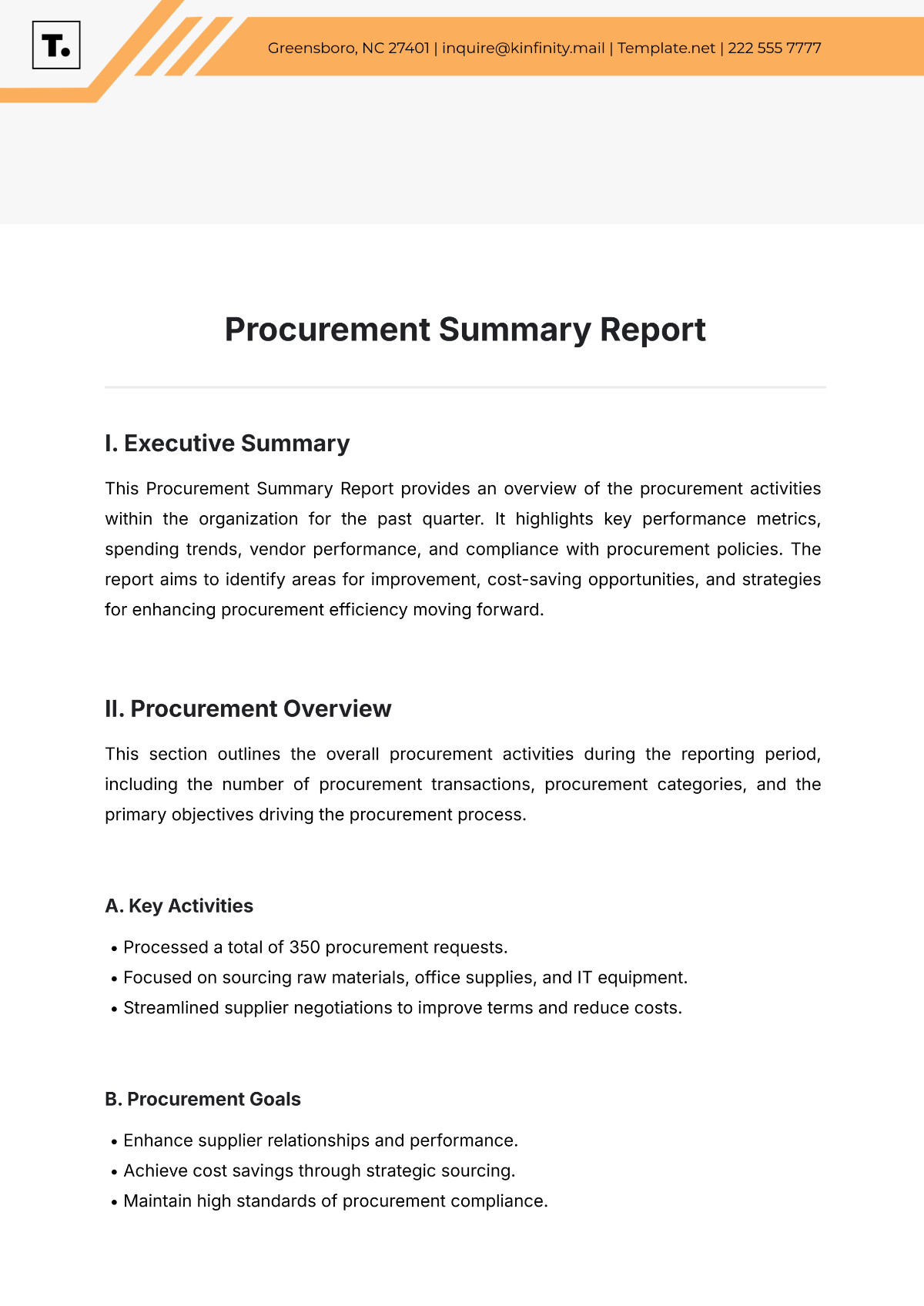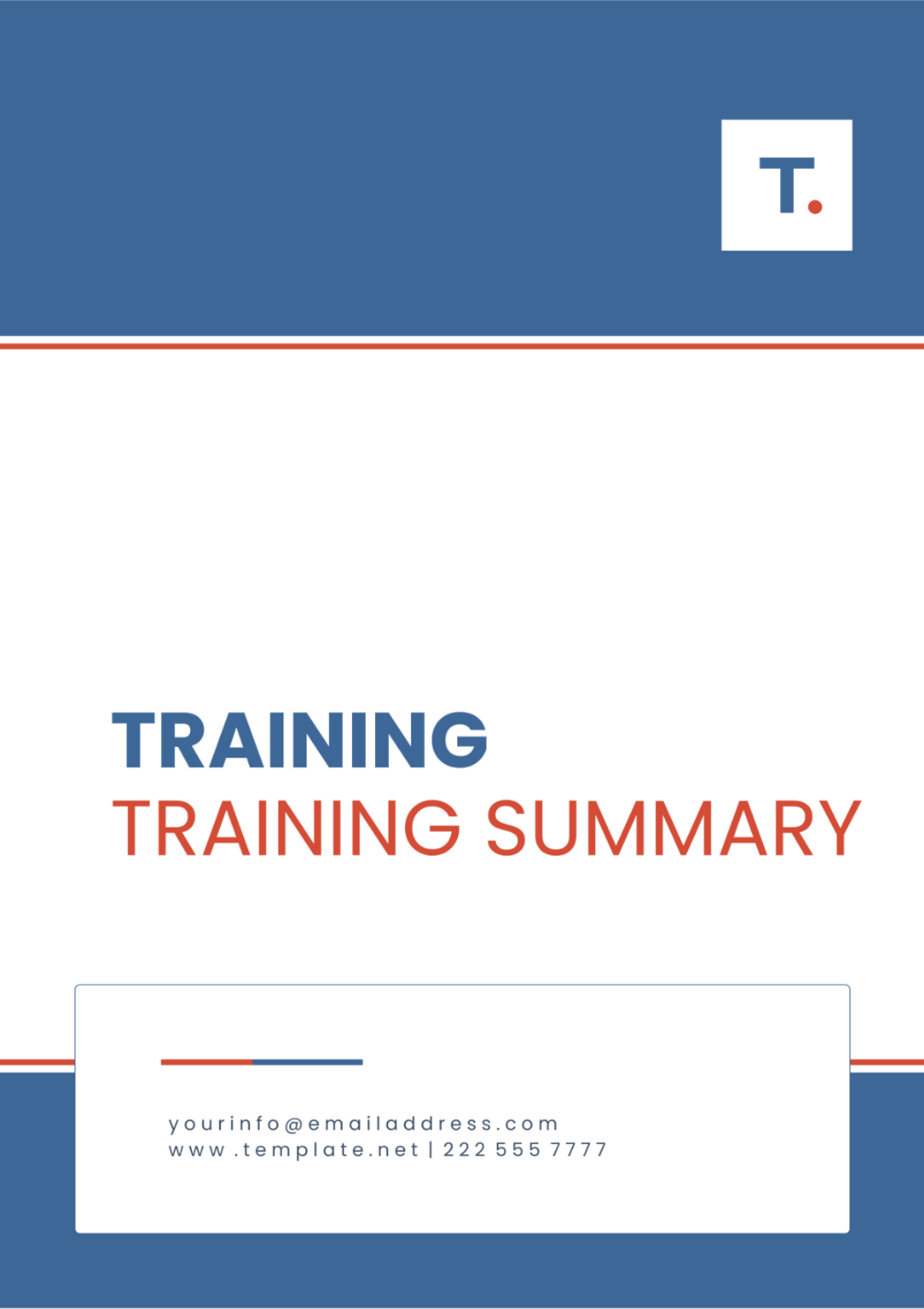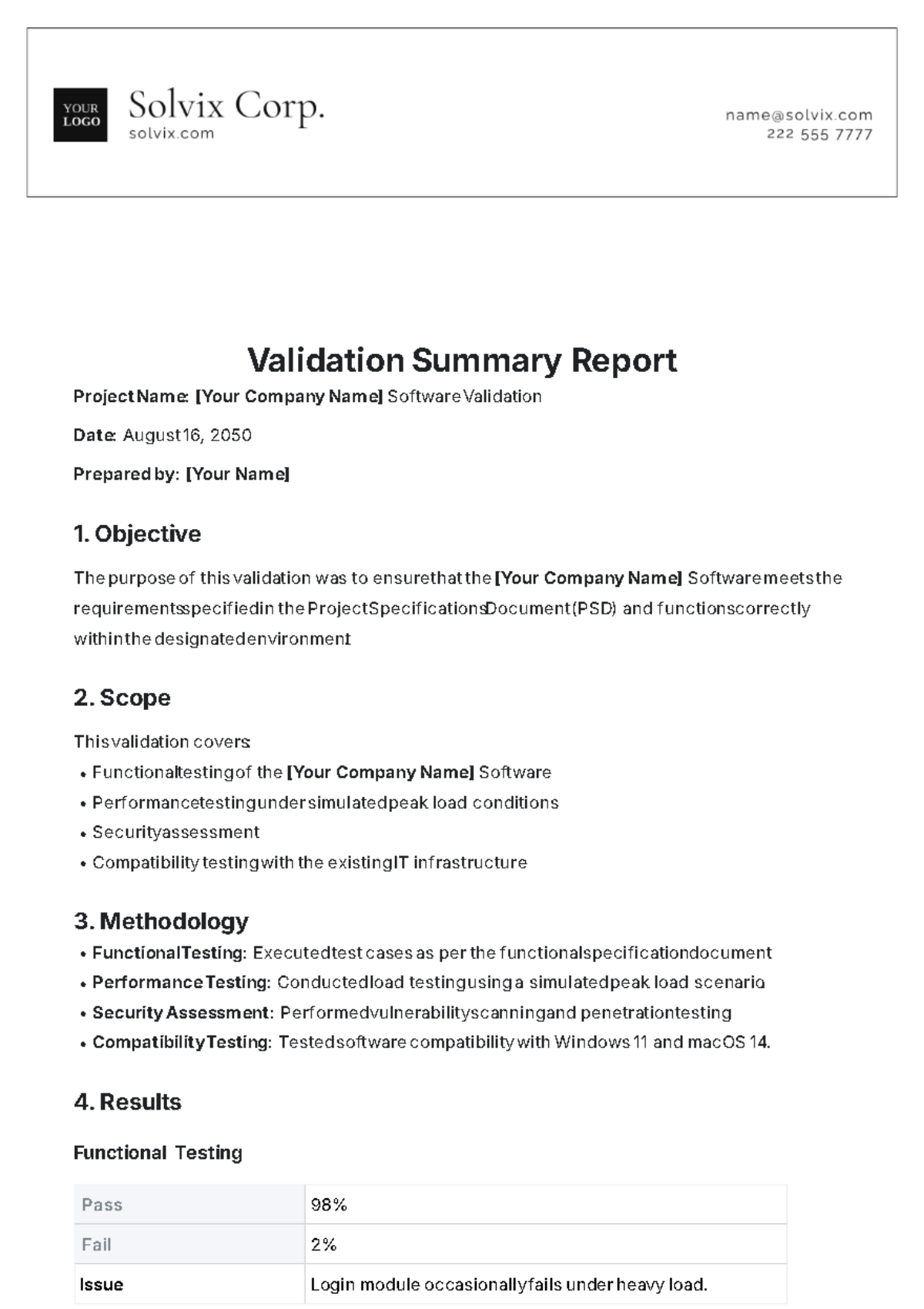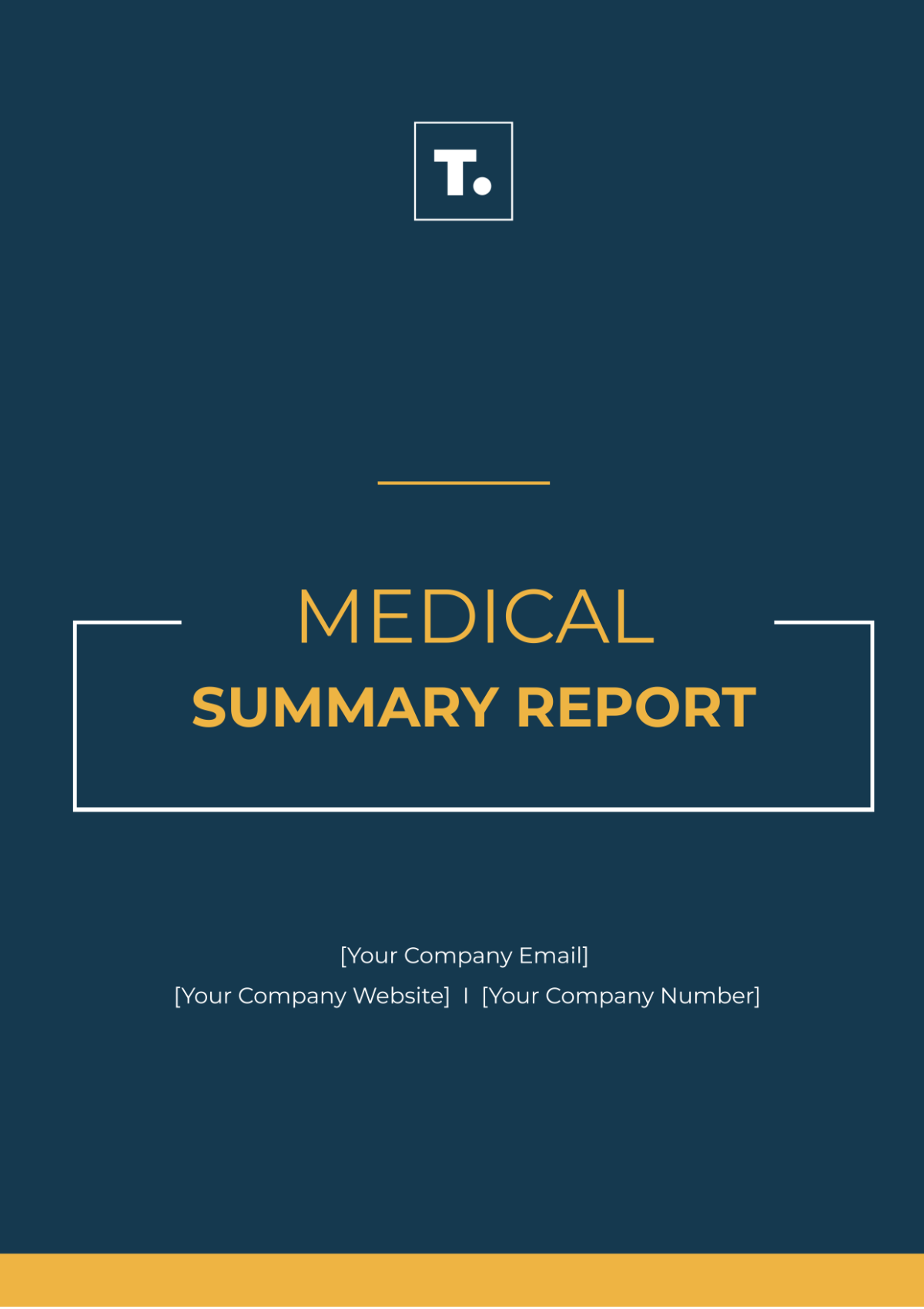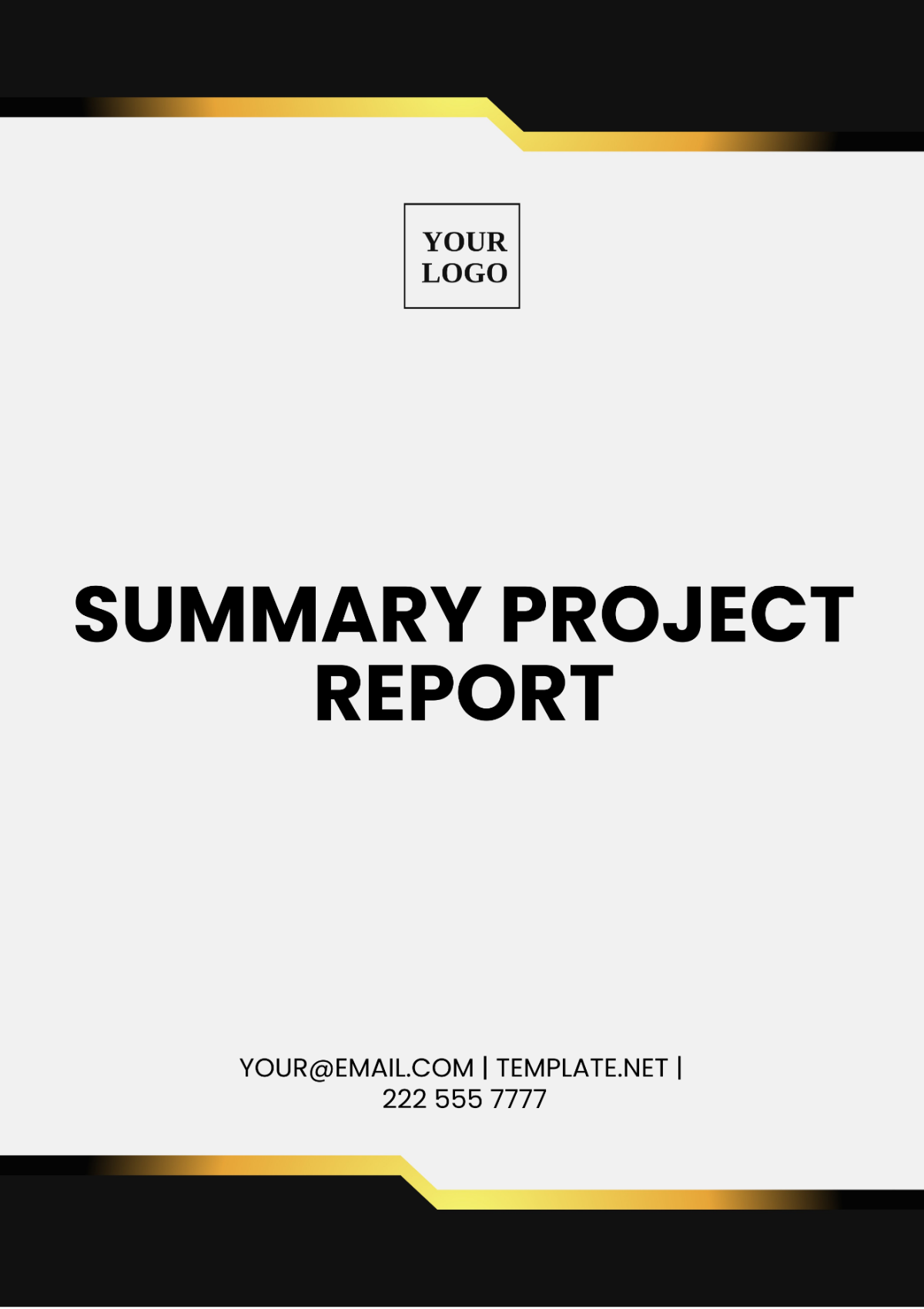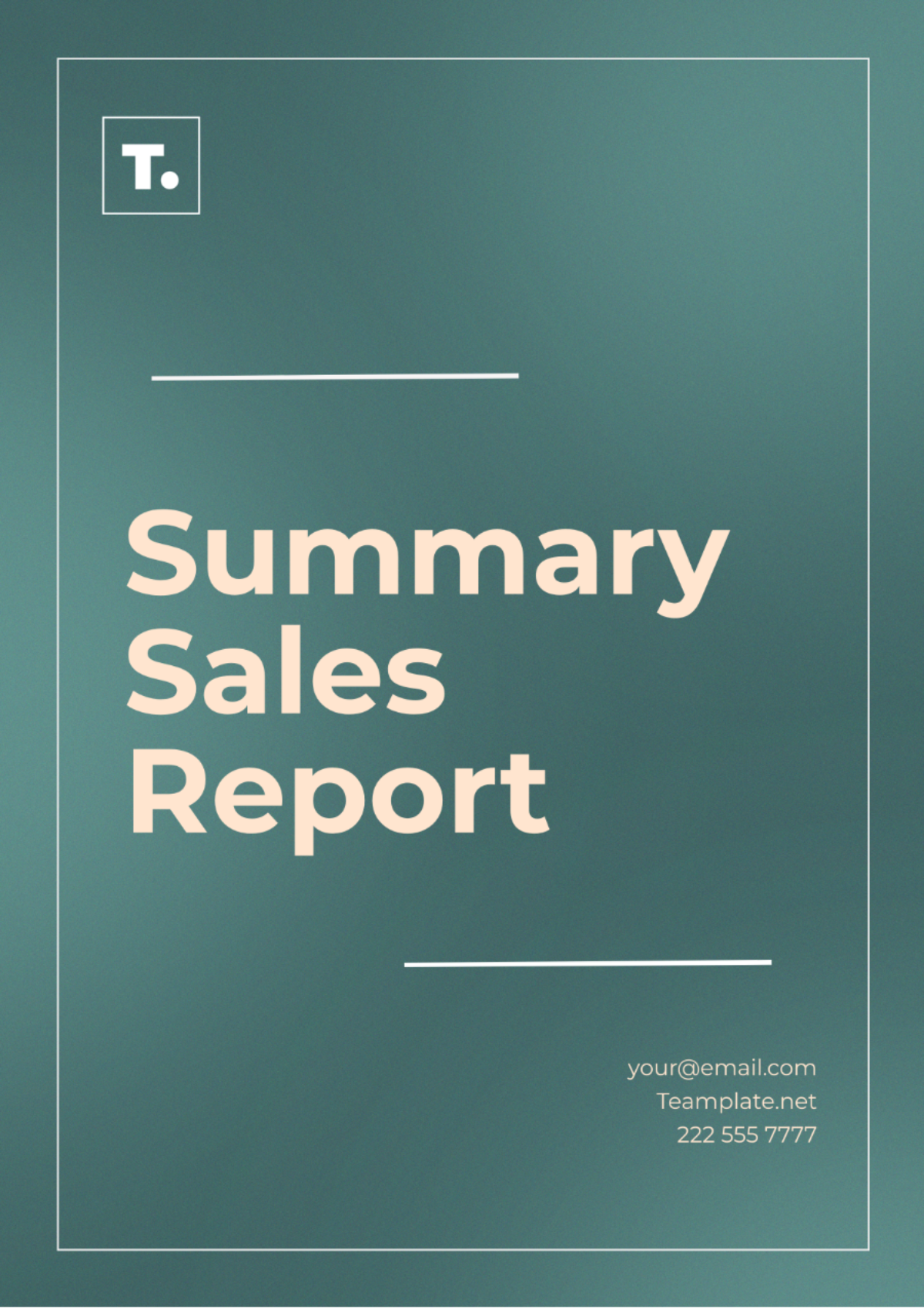Environmental Summary Report
Prepared by: [Your Name]
Date: October 29, 2050
I. Introduction
The Environmental Summary Report for the year 2050 highlights significant environmental challenges, progress in sustainability efforts, and recommendations for future actions. The report encompasses data on climate change, biodiversity, air and water quality, and waste management, presenting a holistic view of the current state of the environment.
II. Climate Change
The impacts of climate change are more evident than ever, affecting weather patterns, sea levels, and ecosystems worldwide.
Current Trends
The following table summarizes the global temperature rise and its anticipated effects on different regions:
Region | Average Temperature Increase (°C) | Anticipated Impact |
|---|---|---|
North America | 1.8 | Increased hurricanes and wildfires |
Europe | 1.5 | More frequent flooding and heatwaves |
Asia | 2.0 | Altered monsoon patterns and droughts |
Africa | 1.7 | Desertification and reduced agriculture |
South America | 1.9 | Loss of biodiversity and rainforest |
Mitigation Efforts
Despite the ongoing challenges, various initiatives have been implemented to mitigate climate change. Notable programs include:
Renewable Energy Initiatives: Expanded funding for renewable energy sources like solar, wind, and hydroelectric power.
Reforestation Projects: Restoration of forests across continents to absorb carbon dioxide.
Sustainable Transportation: Development of electric vehicle infrastructure and public transportation improvements.
III. Biodiversity
Biodiversity is essential for ecosystem balance, and recent studies reveal alarming declines in various species.
Species at Risk
The following table presents categories of species at risk and their primary threats:
Species Type | Number of Species Endangered | Primary Threats |
|---|---|---|
Mammals | 500 | Habitat loss, poaching |
Birds | 1,200 | Climate change, deforestation |
Reptiles | 200 | Pollution, invasive species |
Amphibians | 300 | Disease, habitat degradation |
Fish | 700 | Overfishing, water quality issues |
Conservation Strategies
Conservation strategies have been adopted to protect biodiversity, including:
Protected Areas: Establishment of national parks and wildlife reserves.
Legislation: Implementation of stricter laws against poaching and illegal trade.
Community Engagement: Engaging locals in conservation to foster stewardship.
IV. Air and Water Quality
The quality of air and water remains a pressing issue, affecting human health and ecosystems alike.
Air Quality Assessment
Air quality has seen fluctuations due to industrial emissions and urbanization. The following table illustrates common air pollutants and their sources:
Pollutant | Major Sources | Health Effects |
|---|---|---|
PM2.5 | Vehicle emissions, industrial waste | Respiratory diseases, heart issues |
Nitrogen Dioxide | Combustion engines | Lung irritations, asthma |
Sulfur Dioxide | Fossil fuel burning | Acid rain, respiratory problems |
Water Quality Assessment
Water quality testing reveals concerning trends in major water bodies:
Water Body | Contaminants Detected | Primary Sources |
|---|---|---|
Great Lakes | Microplastics, heavy metals | Industrial runoff, plastic waste |
Amazon River | Mercury, pesticides | Mining activities, agriculture |
Nile River | E. coli, nitrates | Sewage discharge, agricultural runoff |
V. Waste Management
As urban areas expand, effective waste management practices become increasingly vital.
Waste Generation Statistics
The following table outlines waste generation per region:
Region | Total Waste Generated (Million Tons) | Recycling Rate (%) |
|---|---|---|
North America | 300 | 35 |
Europe | 250 | 50 |
Asia | 500 | 20 |
Africa | 100 | 10 |
South America | 150 | 15 |
Initiatives for Improvement
Efforts to improve waste management include:
Recycling Programs: Enhanced recycling initiatives to reduce landfill dependency.
Composting: Community composting programs to minimize organic waste.
Waste-to-Energy: Development of facilities that convert waste into energy.
VI. Conclusion
The Environmental Summary Report of 2050 illustrates the multifaceted challenges and progress regarding environmental sustainability. Continued efforts in mitigation, conservation, and innovative waste management strategies are essential for ensuring a healthier planet.
For more information or inquiries, please feel free to reach out via the following contact information:
For further assistance, please contact [Your Name] at [Your Company Name] via [Your Company Email] or call [Your Company Number].
